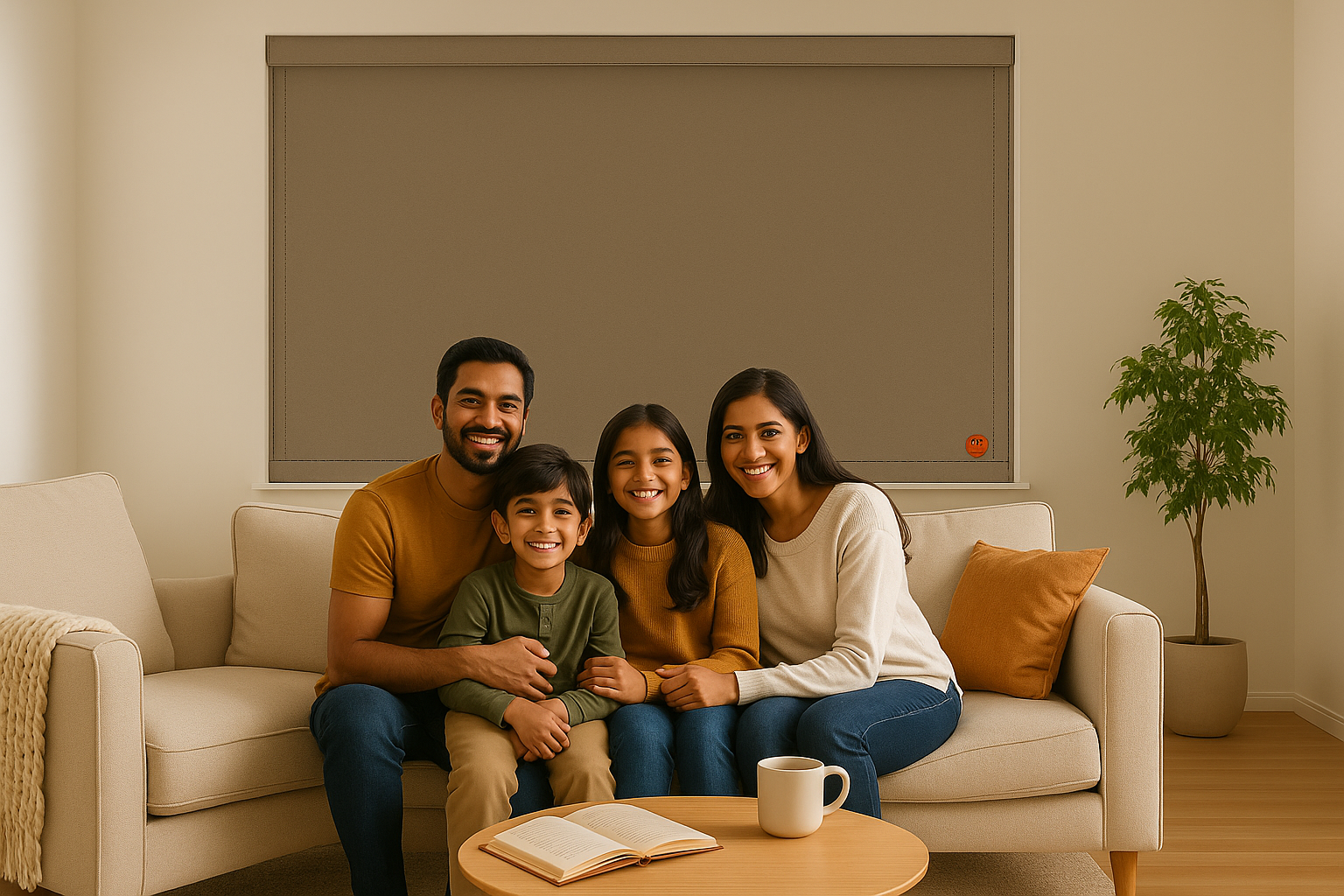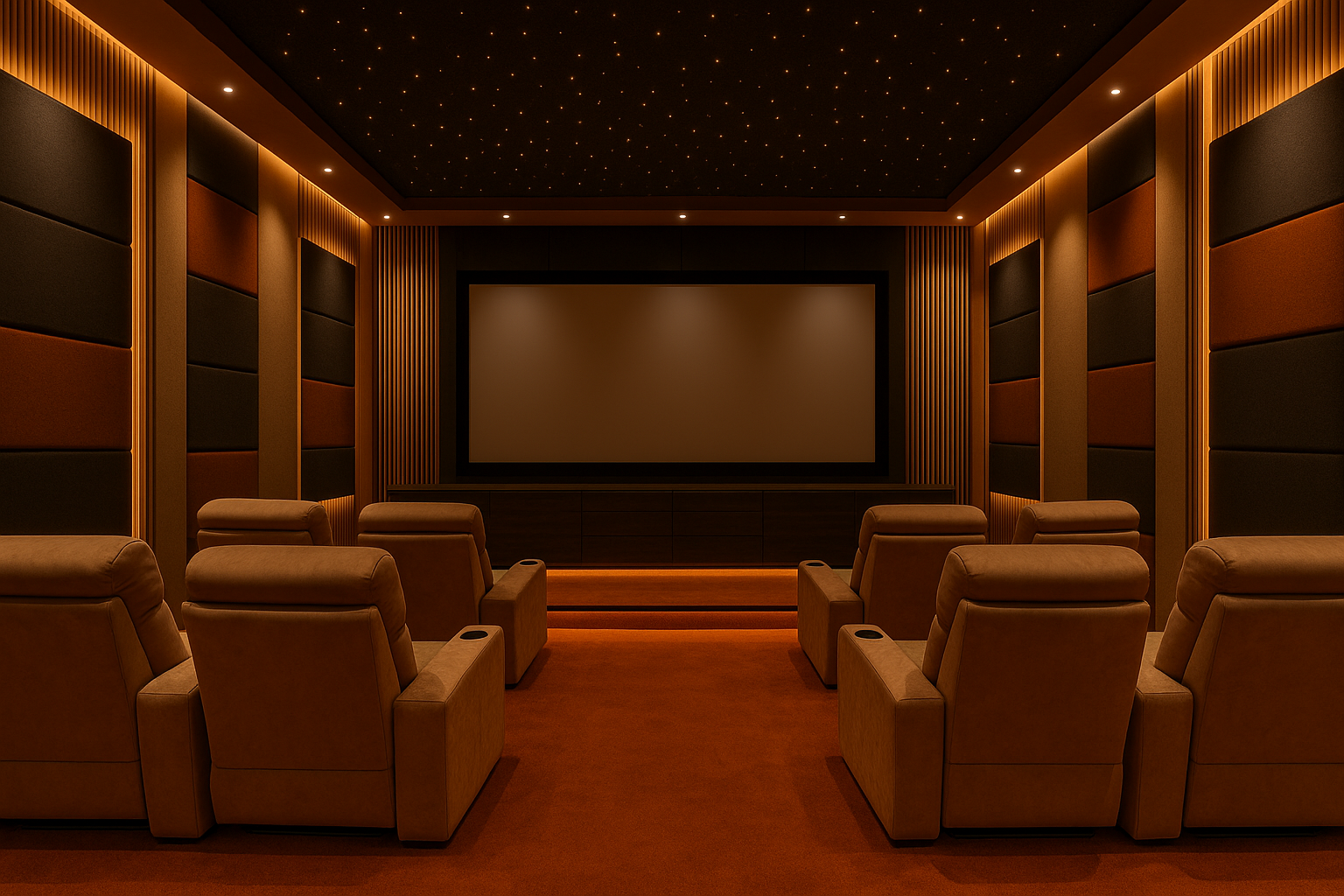TITLE: HOW TO SOUDPROOF A METAL ROOF?
Metal roofs are durable, energy-efficient, and stylish, but they can also be a source of unwanted noise. The sound of rain, hail, and wind can reverberate loudly through a metal roof, disrupting peace and quiet inside the home. Fortunately, there are effective ways to soundproof a metal roof and create a more serene indoor environment. In this blog, we'll explore some practical and meaningful tips for soundproofing a metal roof to minimize noise and enhance comfort.
Understanding Metal Roofing for Soundproofing
Metal roofing is renowned for its durability, longevity, and energy efficiency. However, what many homeowners may not realize is that metal roofing can also serve as an effective barrier against noise pollution. With proper installation techniques and the right materials, metal roofing can significantly reduce external noise levels, creating a quieter and more comfortable indoor environment.
Installation Process of Metal Roofing for Soundproofing
-
Assessment and Planning: Before embarking on the installation process, it's essential to assess the existing roofing structure and identify any areas of concern. Determine the type of metal roofing best suited for soundproofing, such as corrugated metal or standing seam panels, based on your specific needs and budget.
-
Preparation of Roof Surface: Ensure that the roof surface is clean, dry, and free from debris before installing the metal roofing panels. Repair any existing damage or leaks to ensure a solid foundation for the new roof.
-
Installation of Soundproofing Underlayment: One of the key steps in soundproofing a metal roof is the installation of a soundproofing underlayment. This underlayment, typically made from materials like rubber or foam, helps absorb and block out external noise. It is installed directly beneath the metal roofing panels and acts as an additional barrier against sound transmission.
-
Installation of Metal Roofing Panels: Once the soundproofing underlayment is in place, the metal roofing panels can be installed according to manufacturer guidelines. Depending on the type of metal roofing chosen, panels may be attached using screws, nails, or clips. Ensure proper spacing and alignment of panels to create a seamless and watertight roof surface.
-
Sealing and Finishing: After installing the metal roofing panels, seal any gaps or seams to prevent water infiltration and further enhance soundproofing properties. Apply a protective coating or finish to the metal roof to enhance its durability and resistance to environmental elements.
Benefits of Metal Roofing for Soundproofing
- Noise Reduction: Metal roofing effectively blocks out external noise, creating a quieter indoor environment conducive to relaxation and concentration.
- Durability: Metal roofing is highly durable and resistant to weathering, providing long-term protection against noise pollution and environmental damage.
- Energy Efficiency: In addition to soundproofing benefits, metal roofing can also improve energy efficiency by reflecting sunlight and reducing heat transfer, resulting in lower energy bills.
- Aesthetics: With a variety of styles, colors, and finishes available, metal roofing enhances the curb appeal of any home while providing superior soundproofing performance.
SHORT SUMUP
Incorporating metal roofing for soundproofing is a practical and effective way to create a more peaceful and comfortable living environment. By following the installation process outlined above and choosing high-quality materials, homeowners can enjoy the benefits of reduced noise pollution, enhanced durability, and improved energy efficiency for years to come. Transform your home into a sanctuary of serenity with metal roofing for soundproofing.




